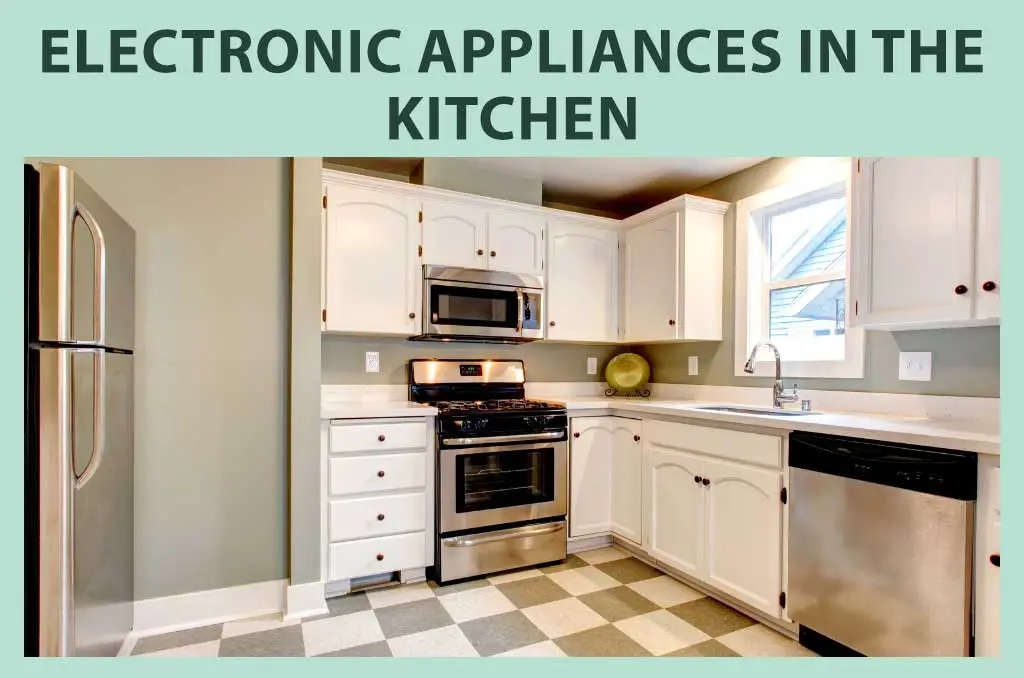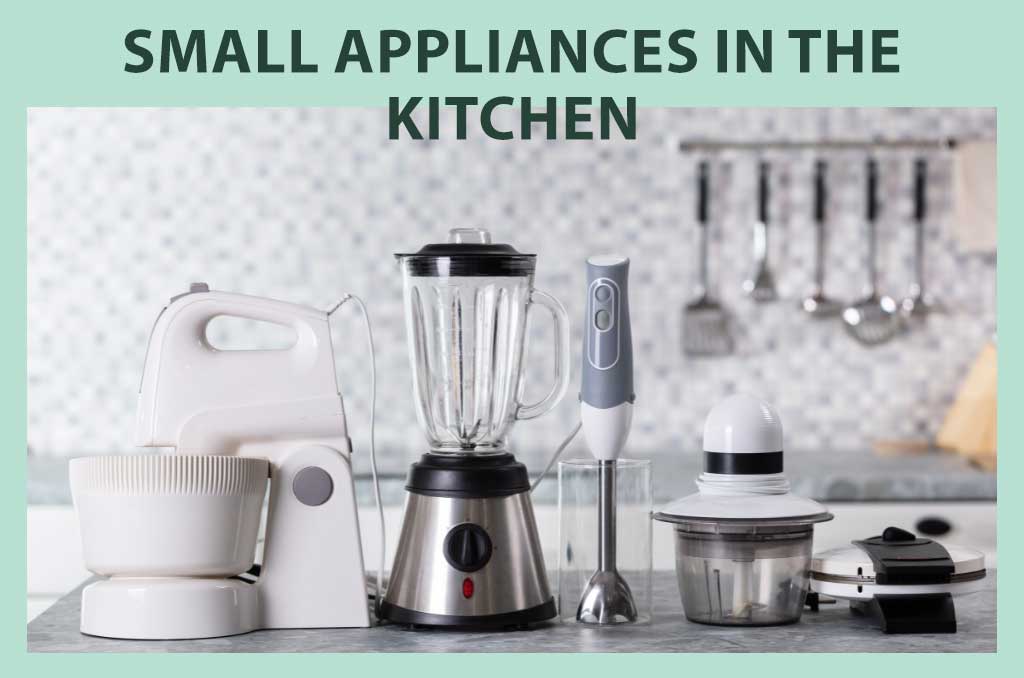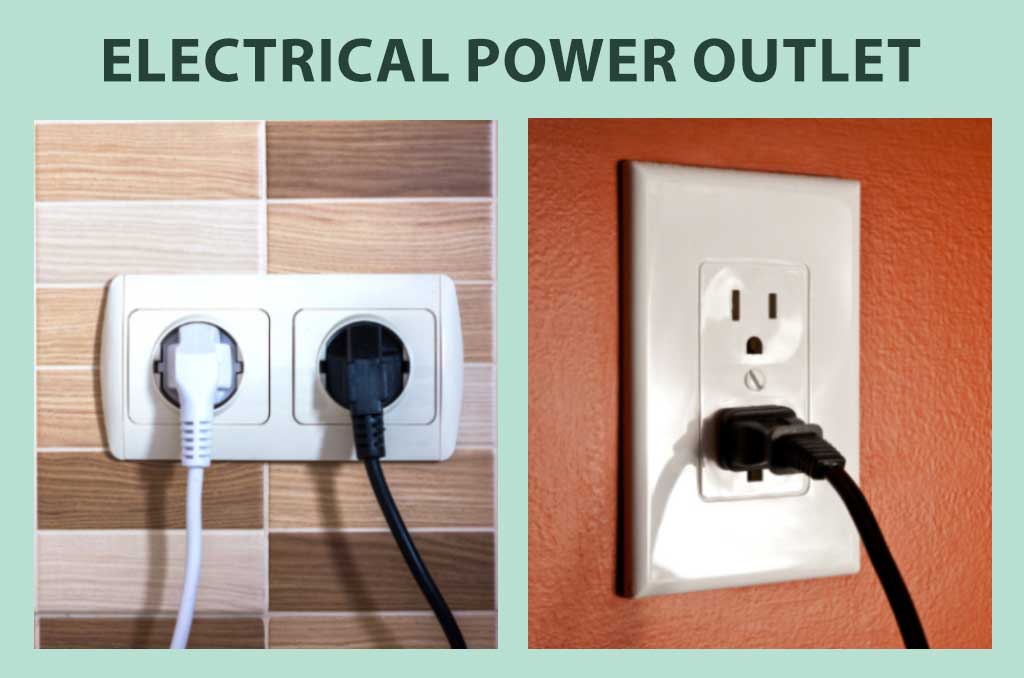When it comes to electrical circuits in the home, it’s essential to consider the power needs of different appliances and devices. Every appliance and device requires a different amount of electricity to function correctly.
If we check the traditional method, the wiring system is in the same circuit. Electronic appliances such as microwave ovens, fridges, garbage disposals, dishwashers, and other small appliances are powered by this circuit.

However, kitchens have the latest technology and may require multiple circuits to simplify workflow.

A common question about electrical circuits is whether placing certain appliances or devices on the same circuit is safe because overloading an electrical circuit can cause problems such as blown fuses and fire hazards.
This blog will explore this issue and consider power requirements and other factors to determine if these devices can be placed in the same circuit.
What Type of Wiring Does Modern Kitchens Demand?
Modern kitchens often demand various wiring types to support multiple appliances and devices. Some common wiring types that may be needed in a contemporary kitchen include:
- Electrical outlets: These are necessary to provide power to all the appliances. Since modern kitchens use more electric appliances, they require more outlets.

- Lighting: Kitchens typically require a range of lighting options, including overhead lights, task lighting, and accent lighting.

- Communication wiring: Modern kitchens may also require wiring for communication systems, such as phone lines, internet connectivity, and audio/visual systems.
- Appliance wiring: Some appliances may require specialized wiring to function correctly. It is better to consult a qualified electrician or refer to the manufacturer’s recommendations when installing.
In the modern kitchen, having multiple circuits for electrical appliances is essential. Additionally, it is necessary to include GFCI and AFCI protection to prevent electrical hazards. AFCIs added to kitchen requirements in 2014 and expanded upon in 2017 are designed to sense and shut down current flow in case of any fault.
It is vital to ensure that kitchen circuits are installed safely and correctly. Always use 15 and 20 Amp circuits with AFCI protection when testing these circuits. AFCI and GFCI protectors serve different purposes in protecting the kitchen.
Since the protection is mandatory, you can install the kitchen protection as a combination of AFCI/GFCI. Most appliances, such as fridges, dishwashers, garbage disposal, microwave, lighting, and small appliance circuits, require an AFCI circuit. A professional electrician can help you settle the kitchen circuits so you can work hassle-free and enjoy your kitchen time.
Basics For Wiring
What Does the Circuit Mean?
The electrical circuit contains a loop of wire that carries out energy from the beaker box when the service is plugged on. This wire loop safely handles the electrical load, less than the circuit’s capacity.
However, if the circuit is overloaded for an extended period, it may cause a fire. Thus, the circuit breaker’s safety device disconnects the power when loaded to prevent shocks.
What is Electric Capacity?
Electrical capacity is typically rated in Amps of Watts and current of demand. If the electric capacity increases to the increased demand for appliances, it causes shock or may trip the electricity. Thus, modern households should be on a different circuit to avoid the risk of the trip.
Modern homes require 20 Amps or 2400 Watts on 120 Volts; significant buildings require 30 Watts or 30 Amp circuits to work without a trip. Also, the current quality falls on the wire size you are using. The bigger wire is, the more safely it flows currently.
Despite that, we should check the demand since electric capacity depends on appliance demand. Enlist the articles you need electricity from and then review on the wire if your appliances require a high range of electricity, such as a dishwasher.
You can add amps according to your house’s requirements. Appliances with motors may need a high amp to run the machine.
Can a Fridge and Dishwasher Be on the Same Circuit?
Electronic appliances have been developed that use a dedicated 20 Amp circuit. If you have an old, small fridge, it may require fewer Amps, but nowadays, most fridges need 20 Amps. So, a dedicated 20 Amp, which is 12/2 NM with wire with the ground, is required for wiring.
Even GFCI protection is not necessary for the fridge but requires AFCI protection. Thus, having a dedicated circuit for the refrigerator is mandatory.
It is best to take into consideration the dishwasher too. The dishwasher alone requirement is 120-125 Volts, depending on the brand you are using.
However, the expert recommends when installing a circuit; it should be dedicated. This would avoid electricity stress, and you can use both appliances without worry.
Can a Microwave and Dishwasher be on the Same Circuit?
Regardless of the model of the microwave oven, the circuit should be rated at 20 Amps with 120-125 Volts. Also, it requires NM wire from the ground to prevent shocks and other issues.
It does not require GFCI, but it needs AFCI since the plug is almost plugged into the outlet. Thus, experts recommend unplugging the microwave when not in use.
On the other hand, a dishwasher consumes 20 Amps which is 120-125 Volts. Thus, putting the microwave and dishwasher off on different ports is better to avoid inconvenience.
However, if you need a microwave for 30 seconds, it may not cause an issue, but it is best to use separate plugs if needed for a long time.
Can Garbage Disposal and Dishwasher be on the Same Circuit?
Yes, since the garbage disposal is part of the dishwasher. Thus, it can be run efficiently on the same circuit. You only need to ensure they do not run over 80% of their capacity. You can get more details by referring to the article “Can You Run a Dishwasher and Garbage Disposal on the Same Circuit?“
However, in the beginning, the operators did not allow it, but with modern technology, it can run on the same circuit.
Garbage disposal is hardwired to shred the dirt and food from the utensils and keep your dishwasher clean and fresh.
The dishwasher operates on 15 Amp with 120-125 Volts. This wiring is often used to give 20 Amp from the ground wiring of 14/2 NM.
Can Small Appliances and Dishwashers Be on the Same Circuit?
Small appliances in the kitchen are used to serve countertops and wall decorations or provide kitchen racks lighting. Kitchen lighting is essential for various tasks such as cooking and pantry organization. These appliances do not require their own circuit as they do not use much power and are primarily used at night.
Besides, you must know the following facts.
- A kitchen requires 20 Amps of current for small appliance circuits. Thus others need to have separate circuits.
- The dishwasher circuit should be AFCI/GFCI protected to avoid any issues. Ensure everything works safely.
- A dishwasher and garbage disposal can have the same circuit; others should not.
Thus, you can plug small appliances into the same circuit, but you need an extra circuit for other devices. This not only eases your work but also protects your kitchen. However, it is mandatory to have different circuits since the kitchen includes gas.
What are the Things to Keep in Mind When Choosing a Circuit Breaker for Kitchen?
You will find various options in the market that may satisfy your choices at first glance. But it would be best if you were extra careful when buying a circuit as your whole kitchen’s life depends on it. Here, we have discussed some essential aspects you must remember.
- Check voltage rating – You must buy a high-quality breaker that meets the high voltage capacity.
- Find Frequency – Make sure the breaker can save frequencies up to 600 Amps.
- MIC (maximum interrupting capacity) – Determine the MIC to ensure the chances of system failure.
- Current Rating – Ensure the current rating that runs in Amps.
However, you can found out more detailed information in the following video for selecting a circuit breaker.
The Bottom Line
With the above information, you know that every kitchen appliance, whether the microwave, fridge, or dishwasher, should be on different circuits instead of the same. This would prevent the risks and give your kitchen a smooth workflow. Besides, to complete the circuit work, one must check with an electricity expert to avoid complications.
FAQ
Is it safe to have all my kitchen appliances on the same circuit?
All kitchen appliances can be on the same circuit, depending on each appliance’s electrical requirements and the circuit’s size. If the circuit is properly sized and the appliances are within their capacity, having all your kitchen appliances on the same circuit can be safe. However, it is always best to consult a licensed electrician to determine the best electrical setup for your home.
What should be considered when determining whether devices can share circuits?
You should consider the electrical requirements of each device, such as wattage and amperage. It is also essential to consider the size of the circuit and other equipment in the circuit.
Would it be cost-effective to connect all kitchen appliances to the same circuit?
Connecting all kitchen appliances to the same circuit is not necessarily cheap. The cost of installing a new or upgrading an existing circuit can outweigh the potential energy savings of putting all the equipment on one circuit. It’s important to consider each option’s costs and benefits before deciding.
You May Also Like to Read
- Can You Run a Dishwasher and Garbage Disposal on the Same Circuit?
- Do I Need a Junction Box For My Dishwasher?
- Do I Need a GFCI Outlet for a Dishwasher?
- Are Dishwashers 110 or 220?

James is an organic fertilizer professional who owns a successful organic fertilizer company in new jersey. He is an expert in waste management in both houses and community cases. In his free time, he loves to write about his experiences in the field.


2 thoughts on “Can a Fridge, Microwave, Garbage Disposal, Small Appliance, and Dishwasher be on the Same Circuit?”
Comments are closed.